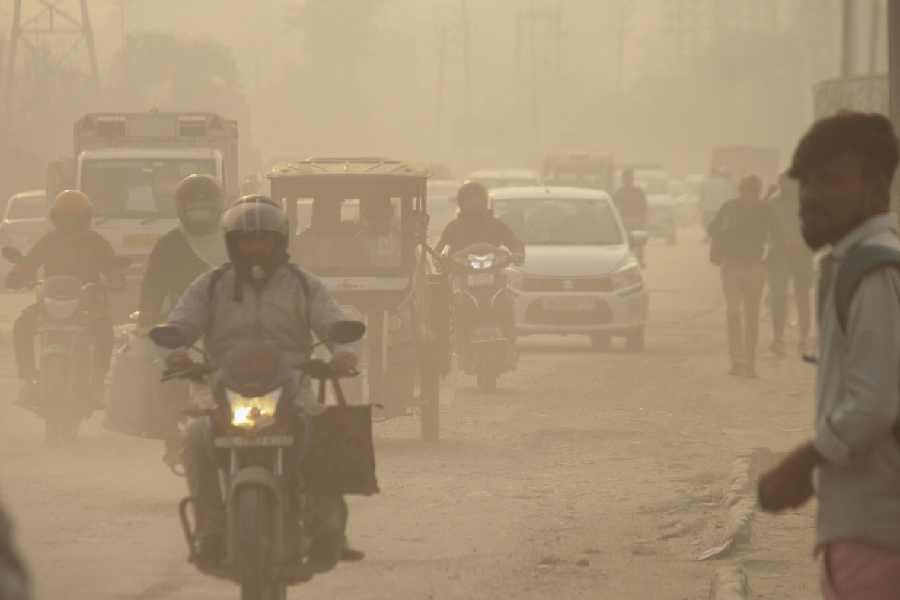Are competitive rankings comprehensive on all occasions? The question arises for a reason. Indore, to cite an example, has been hailed as a ‘model city’ for cleanliness, bagging the title of India’s ‘cleanest city’ among other aspiring municipalities under the Centre’s Swachh Survekshan Awards for seven consecutive years since 2016. However, its dismal ranking in the recently released government data collated under the National Clean Air Programme, which monitors 130 cities of the country, has poked holes in its success story: Indore’s air is among the worst-polluted in the country and has witnessed a 21% rise in the levels of PM10 particulate matter in the past seven years. This has placed Indore among 31 ‘non-attainment cities’ — a cohort of municipalities that have consistently failed to meet the National Ambient Air Quality Standards for a minimum of five years. Even though the city banned the burning of solid waste, imposed restrictions on construction and electrified its public transport, rapid urbanisation, shoddy traffic management, and industrial pollution are among the principal factors responsible for Indore’s worsening air quality. In fact, the 2019 study, Air pollution knowledge assessments (APnA) for 20 Indian cities, showed that the built-up area in Indore and its neighbourhood had increased nine-fold between 1975 and 2014, more than double the average increase among the 20 cities surveyed. Despite its geographical advantages resulting in high wind movement, road dust is another major contributor to Indore’s polluted air along with vehicular pollution — around 8,000 two-wheelers and 2,500-3,000 cars are registered in the city every month. The recent inclusion of Indore in the Golden Cities Club — an elite grouping of traditionally high-performing cities in cleanliness — may even impede a comprehensive evaluation.
These findings raise an important question: should air quality not be considered a crucial parameter in the annual cleanliness survey of Swachh Bharat, which assesses municipal solid waste and toilet systems among other criteria? Similarly, the provision of Swachh Vayu Survekshan, a separate survey for air quality, does not include a holistic assessment of a city’s performance in terms of cleanliness and living standards. The right to clean air has been identified as an element of the right to life under Article 21 of the Constitution. The adverse impacts of polluted air on public health cannot be understated. A recalibration of the cleanliness survey to include all the parameters integral to achieving sustainable development should be the way forward.











